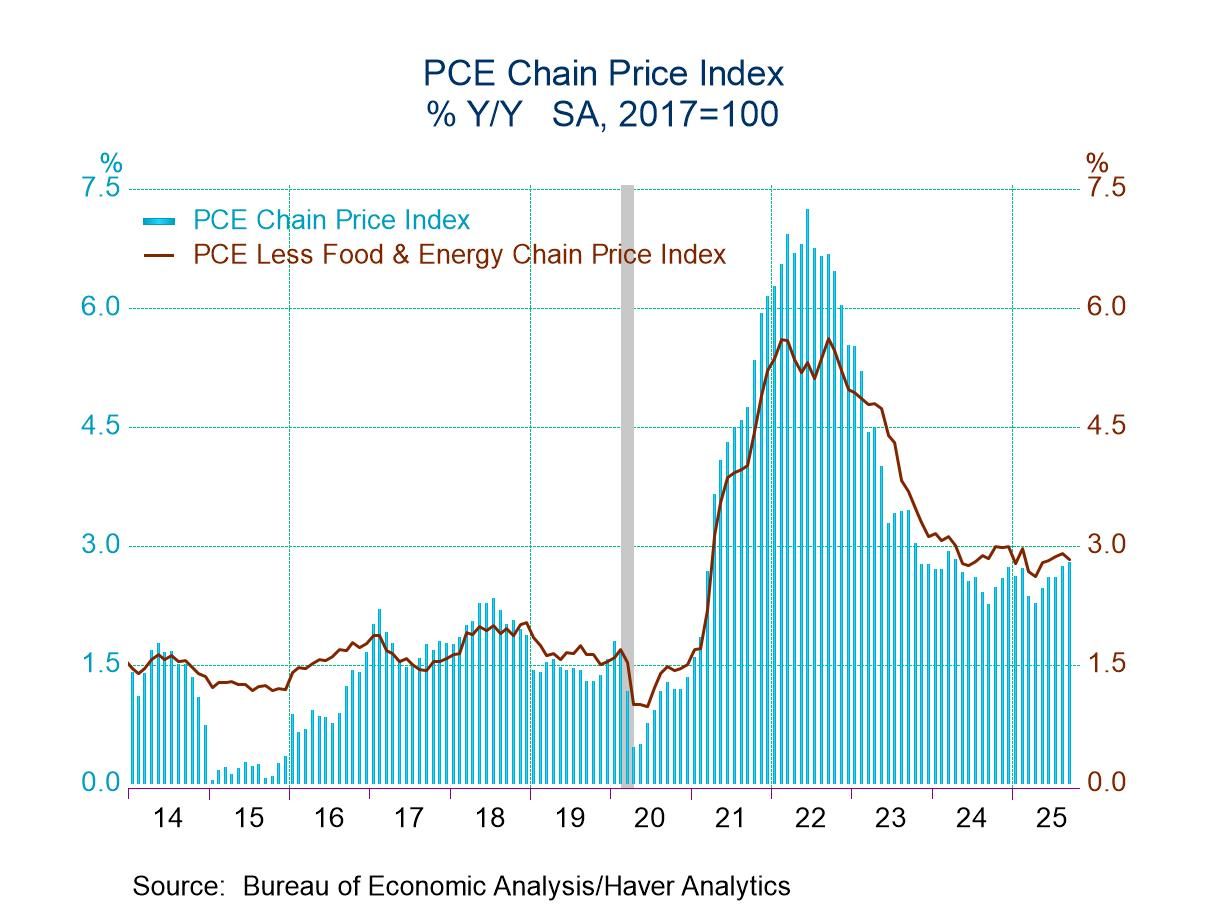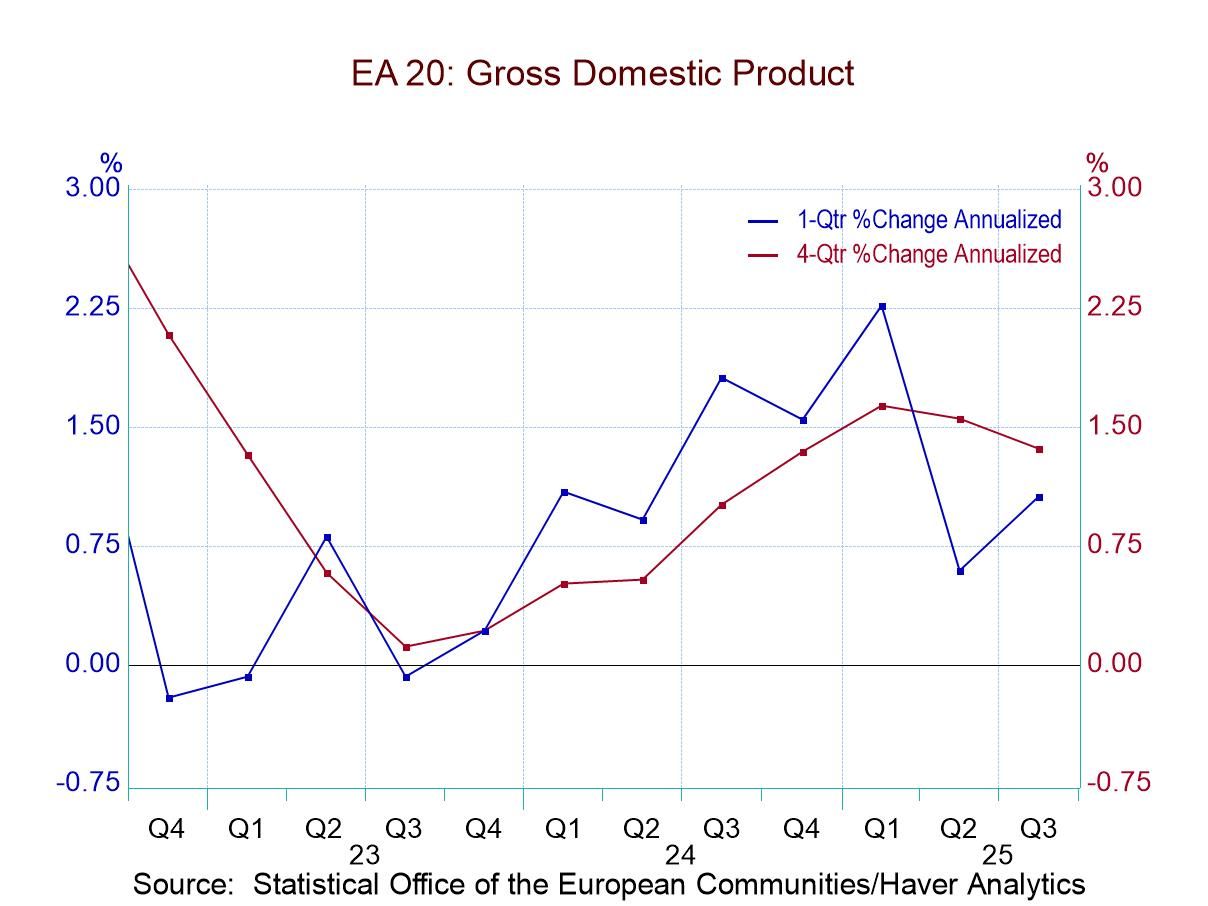Manufacturing Activity Continues to Decline in the FRB Kansas City District
by:Sandy Batten
|in:Economy in Brief
Summary
- The index has not been positive since September 2022
- However, the negative reading for February was smaller than in January.
- Shipments and employment picked up, but orders and production were lackluster.


The Federal Reserve Bank of Kansas City reported that its index of manufacturing sector activity rose to -4 in February from -9 in January, indicating that the pace of decline slowed in February. The index has been at or below zero since October 2022. Haver Analytics calculates an index based on the Kansas City results which is comparable to the ISM series. This index rose to 49.8 (NSA) in February, its highest reading since May 2023, from 45.0 in January. However, it was still below, albeit slightly, the critical 50 level that separates expansion from contraction.
The latest survey was conducted between February 21-26, 2024, and included 89 responses from plants in Colorado, Kansas, Nebraska, Oklahoma, Wyoming, northern New Mexico, and western Missouri.
The performance of component series was varied in February. Production rebounded to 3 in February, its first positive reading since last August, from -17 in January. Employment increased to 8, its second positive reading in the past three months, from -2 in January. While remaining in negative territory, new orders increased significantly to -2, its highest reading since July 2022, from -19 in January. Delivery times shortened markedly to -12 in February, its lowest reading in the history of the series dating back to July 2001, from -1 in January. Materials inventories continued to decline, falling to -15 in February, its lowest reading since Jun 2023, from -7 in January.
Inflation indicators softened a bit in February. Prices paid for raw materials slid to 15 from 24 in January. Prices received for finished products slipped to -2, its first negative reading since last August, from 7 in January.
Expectations six months ahead softened in February with the headline composite index falling to 2 from 11 in January. Production expectations slumped to 18 in February from 32 in January. Shipments expectations fell to 18 from 30. New orders expectations plummeted to 1 from 22. Material inventories expectations declined to -15 from -3. Expectations for prices received decreased to 21 from 25 while expectations for materials prices fell to 26 from 34. By contrast, employment expectations rose to 16, its highest reading since last August, from 5.
The series dates back to July 2001. The diffusion indexes are calculated as the percentage of total respondents reporting increases minus the percentage reporting declines. The composite index is an average of the production, new orders, employment, supplier delivery time, and raw materials inventory indexes. Data for the Kansas City Fed Survey can be found in Haver’s SURVEYS database.


Sandy Batten
AuthorMore in Author Profile »Sandy Batten has more than 30 years of experience analyzing industrial economies and financial markets and a wide range of experience across the financial services sector, government, and academia. Before joining Haver Analytics, Sandy was a Vice President and Senior Economist at Citibank; Senior Credit Market Analyst at CDC Investment Management, Managing Director at Bear Stearns, and Executive Director at JPMorgan. In 2008, Sandy was named the most accurate US forecaster by the National Association for Business Economics. He is a member of the New York Forecasters Club, NABE, and the American Economic Association. Prior to his time in the financial services sector, Sandy was a Research Officer at the Federal Reserve Bank of St. Louis, Senior Staff Economist on the President’s Council of Economic Advisors, Deputy Assistant Secretary for Economic Policy at the US Treasury, and Economist at the International Monetary Fund. Sandy has taught economics at St. Louis University, Denison University, and Muskingun College. He has published numerous peer-reviewed articles in a wide range of academic publications. He has a B.A. in economics from the University of Richmond and a M.A. and Ph.D. in economics from The Ohio State University.






 Global
Global